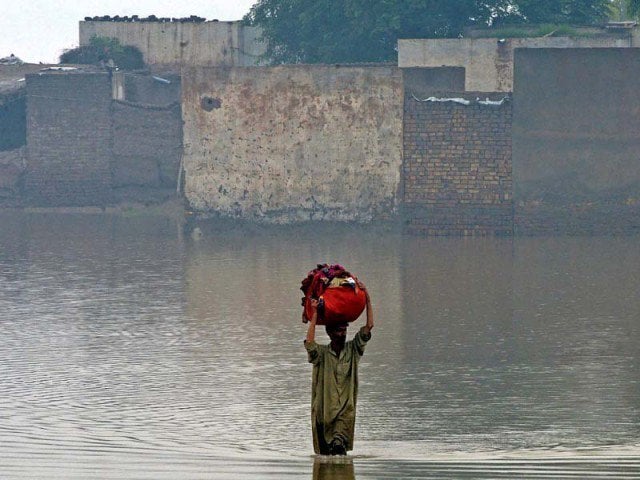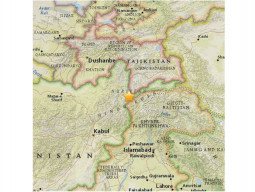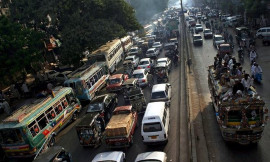
PESHAWAR:
With more than two major earthquakes and floods in less than a decade, there is still no solution in sight for unplanned urbanisation in Khyber-Pakhtunkhwa.
The proposed physical planning act has yet to see the light of day and like much legislation, it is wrapped up in bureaucratic hurdles that are increasing thanks to the government’s lack of interest.
The proposed Khyber-Pakhtunkhwa Physical Planning Act, 2014, a copy of which is available with The Express Tribune, shows legislation for proper control, regulation and improvement of physical planning has not been a case for concern among provincial authorities in the past. At the same time, unplanned urbanisation and the conversion of agricultural land into localities continues unabated.
Officials believe the government lacks technical expertise in the field. They say concentration is seemingly on locally-driven encroachment drives rather than establishing a framework to ensure sustainability and future planning without causing harm to thealready constructed public property.
The reasons behind a lack of strategy are many, but a primary concern is the transition from autocracy to democracy. The only law that provided an explanation of sorts was the North-West Frontier Province Urban Planning Ordinance 1978.
The legislation served as the backbone for construction codes right until its abolishment under the NWFP Local Government Ordinance (LGO) 2001.
“The LGO did not only abolish the existing system, but ended the rural-urban divide,” an official told The Express Tribune. “However, repealing the previous law was not the only problem as there was a failure to chalk out a future strategy,” he said.
When the LGO was abolished in 2008, there was legislative lacuna for which a draft of the new K-P Physical Planning Act 2014 was formalised. However, the latter has been put into cold storage and never presented before the provincial assembly.
In the closet
Under the act, the Urban Policy Unit, which remains a subsidiary of the Planning and Development (P&D) department, will be upgraded to the Provincial Planning Authority.
Also, a divisional physical planning authority for every civil division will be formed and headed by the commissioner of the area. It will regulate, control and plan development and the use of all land and buildings within the area. These will be accompanied by local physical planning authorities headed by deputy commissioners and their purpose will be to conduct two distinct surveys. These include determining the extent of an existing planned area and designing the remaining part as a non-planned area.
Ghost laws
The draft law also suggests strict measures in case of a violation of the rules. “A person who commences, undertakes or carries out any development without permission shall be punishable with a fine which may extend to Rs1 million, while in case of non-conformity, a fine of Rs0.5 million is proposed.”
When contacted, Minister for Local Government Inayatullah Khan told The Express Tribune the Urban Policy Unit had been advised to prepare a draft which is still under process. “For the moment, building codes are only for planned towns, which are eight in number,” he says. For any new towns being planned, an NOC is required from the tehsil municipal administration. “I agree there are gaps” he concludes, adding the role of town municipal administrations is not that effective.
Published in The Express Tribune, December 9th, 2015.
















































COMMENTS
Comments are moderated and generally will be posted if they are on-topic and not abusive.
For more information, please see our Comments FAQ